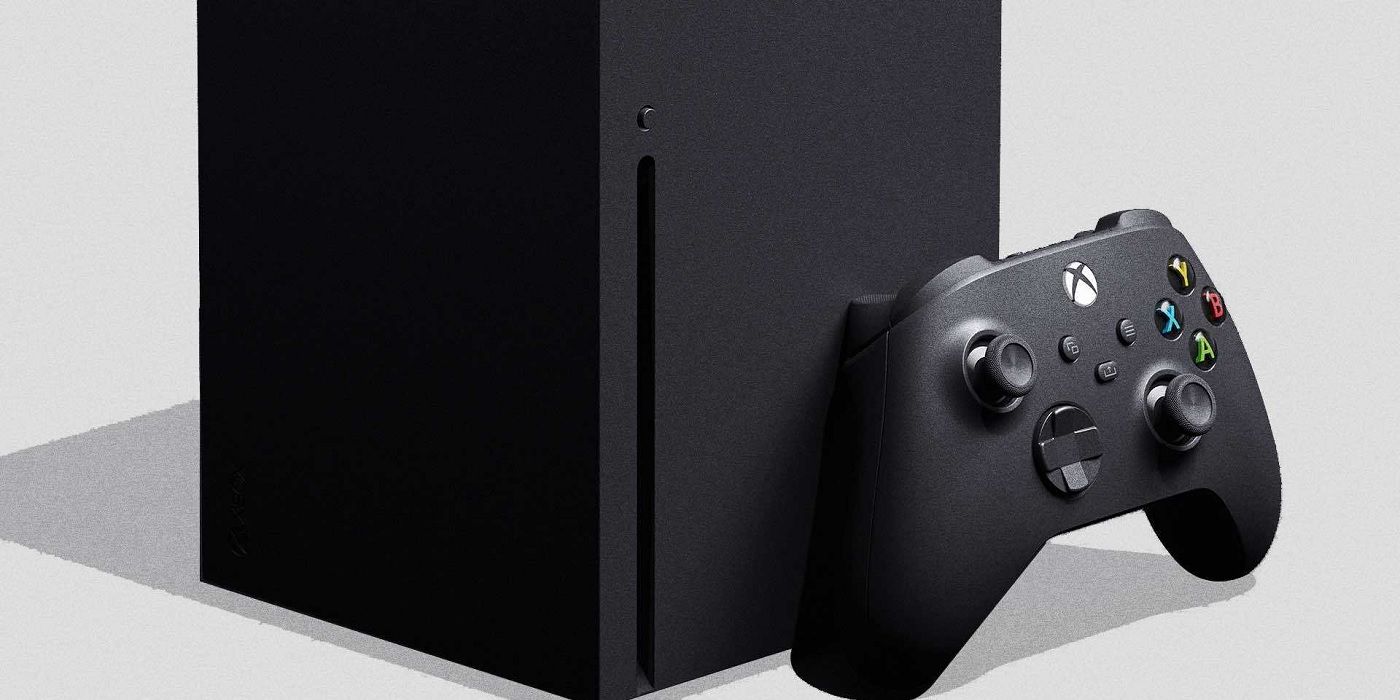
Before much longer, every new Windows PC is going to have a new default browser: it will still be named Microsoft Edge, but it's a completely different browser than the old version. Cue the jokes now about 'the new browser everyone uses to download Chrome'—but we're not sure that so many people will actually bother downloading Chrome anymore.
Starting January 15, 2020, Microsoft is expected to begin the slow rollout of the new browser using Windows Update, which means that checking for updates after the release date will update. 15, 2020 11:00 a.m. Microsoft's new Edge browser will gradually arrive on Windows machines, but you can download it now if you want. Illustration by Stephen Shankland/CNET. For some time, Microsoft has stated that they would roll out updates to replace Microsoft Edge Legacy with their new Microsoft Edge browser. As they released KB4559309 in July 2020. Microsoft has been touting its new Edge browser for months, but now it will finally be automatically replacing the old one. At the Build 2020 developer conference, Microsoft announced some new. 29 Mar 2020 With the introduction of the Windows 10 operating system in 2015, Microsoft announced the brand-new Microsoft Edge browser with its EdgeHTML rendering engine. Even after three years of.
The old Microsoft Edge was a completely in-house Microsoft design, proprietary from the ground up. It wasn't necessarily a bad browser, but it never really took off—by the time Edge became a thing, most of the people who cared about their browsers were so sick and tired of Internet Explorer they'd long since moved on to either Firefox or Chrome; and the people who didn't care much about their browsers frequently ended up finding the old Internet Explorer and setting it as their default when they discovered that 'the big blue E' on their taskbar didn't work with legacy IE-only websites and apps.
The new Edge isn't entirely—or even mostly, so far—a Microsoft effort, though. Edge is now based on the open source Chromium browser, which is the underpinning of Google Chrome and several other, lesser-known browsers as well. It should seem immediately familiar to seasoned Chrome users—and it even allows installing extensions directly from Chrome's own Web store. It's not hard to imagine a lot of Chrome users simply not bothering to replace it when they see how familiar it is.
Edge's own Web store is pretty sad and underpopulated right now, but we expect that to change rapidly. It's not hard to imagine little need for an Edge user to bother going to Chrome's Web store and shopping for extensions in another six months, as necessary as that would likely be right now. In the meantime, while installing Chrome certainly isn't hard to do—unless you're seriously short on bandwidth, which many rural users are—it's even easier to click the single popped-up button in Chrome's Web store to enable those extensions in Edge.
AdvertisementSaved passwords
For better or for worse, the vast majority of the new Edge doesn't need much of a review, since it's effectively the same as Chrome itself. The only parts that really need a review are those that Microsoft has needed to bolt on for itself—such as user login and synchronization of saved credentials between browsers. We tested the login and sync, and they were something of a crapshoot.
The first credentials we used to test were Office 365 credentials from a small business, and while the login itself worked immediately, the actual synchronization was broken. To be fair, the problem could be that this Office 365 account doesn't have a license associated with it—it's just used to administer the actual users of a small business's domain. Still, it should have worked; unlicensed Office 365 accounts are a commonly encountered and perfectly valid condition in the wild for exactly this reason.


With the Office 365 account logged in, local storage of passwords worked perfectly, but sync just didn't happen. Eventually, we checked the sync settings for the account and saw that they said 'setting up sync—you can start browsing while we get this set up.' A week later, the settings still say 'setting up sync.' We're not holding our breath.
What Is The New Browser Recommended By Microsoft
Next, we used a personal Windows Live account which long predates Office 365 and has been used solely to log in to a Microsoft Volume License Service Center account until now. The personal account immediately worked flawlessly, both login and sync. When logged in with the personal account, there was no 'setting up sync' message—and a newly saved password was instantly available on a second computer logged in with the same account.
Saving credit and debit cards
Edgium—that's what some industry watchers have been calling the new version of Edge—can autofill credit card details, but doing so works differently than it does in Chrome. If you type a credit card number into a Web form, Google Chrome automatically detects what you're doing and asks if you want to save it. Edgium, on the other hand, pays no attention to you typing credit card information to a website. To get the browser to save a credit card number, you must go into its Settings and to Profiles / Payment info.
AdvertisementOnce you've gotten to the Payment info settings dialog, you can click an 'Add card' button. Edge does correctly detect credit card entry, and when you have one or more saved cards available, it will prompt you when there's an opportunity to auto-fill with it. The saved credit card info is, for now at least, purely local—it does not sync from one browser to another when you're logged in as the same user.
Favorites
The one place we outright prefer the new Edge to Google Chrome is in its Favorites management. In both Chrome and Edge, there's a little star inside the address bar itself to toggle Favorite status for a page. But in Edge, there's also a little star button beside the bar, which drops down the list of Favorites you've already created. We're fiercely protective of vertical screen real estate and therefore don't really like enabling the Favorites bar in any browser. But the convenient little drop-down is nice, and we think it makes the Favorites function much more useful.
Favorites synced perfectly and instantly from machine to machine when we tested using our sync-is-working personal Windows Live login.
Microsoft contributions
Microsoft Edge
One of the complaints we've frequently heard from readers about rebasing Edge on the Chromium project is that it removes diversity from the Web browser ecosystem. This is obviously true—if Microsoft uses Chromium to build Edge, it doesn't have to build and maintain the majority of the codebase itself. But it overlooks the strength of open source software development—active cooperation.
Microsoft began contributing code to the Chromium project almost immediately after beginning its first beta builds of Chromium-based Edge. One of its first contributions was to improve battery life in the browser; that contribution is still in development and has not yet been accepted into the Chromium master—but importantly, engineers from Google and Microsoft are cooperating in the testing and implementation here, with a public record for all to see.
Microsoft has also announced its intent to bring browser accessibility, touch optimization, and Arm optimizations from its original Edge into the Chromium project. As CNET reported earlier this week, Microsoft has made nearly 2,000 commits to the Chromium project in the last year. This is an important distinction—the company isn't merely consuming Chromium, it's publicly and openly cooperating with Google in ways that any company or even individual can.
Microsoft New Browser Bing
Although Microsoft and Google's collaboration on a unified browser framework does mean less code diversity for the Web, it represents a major improvement in openness and fair access.
Listing image by Mike Mozart / Flickr
